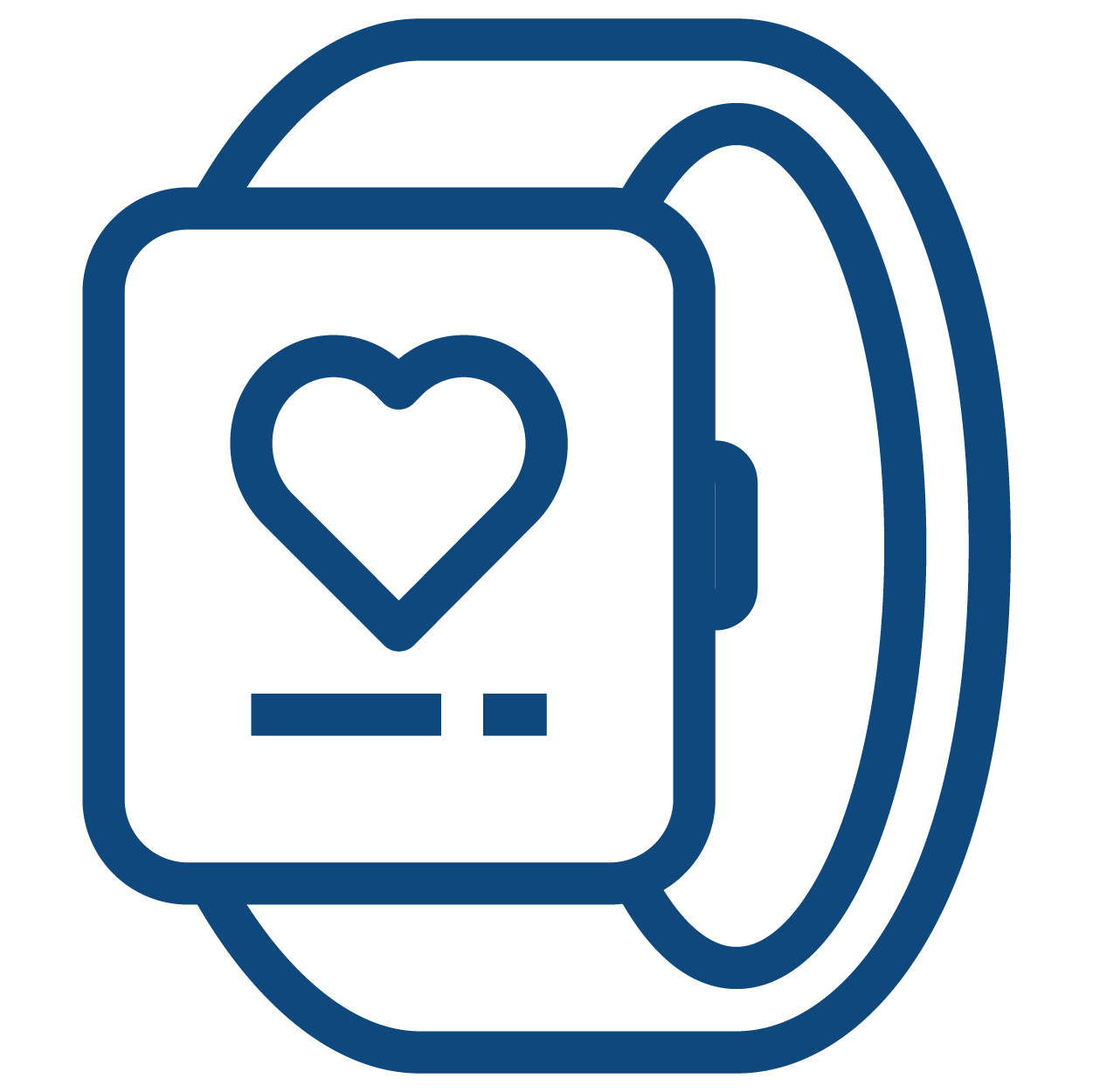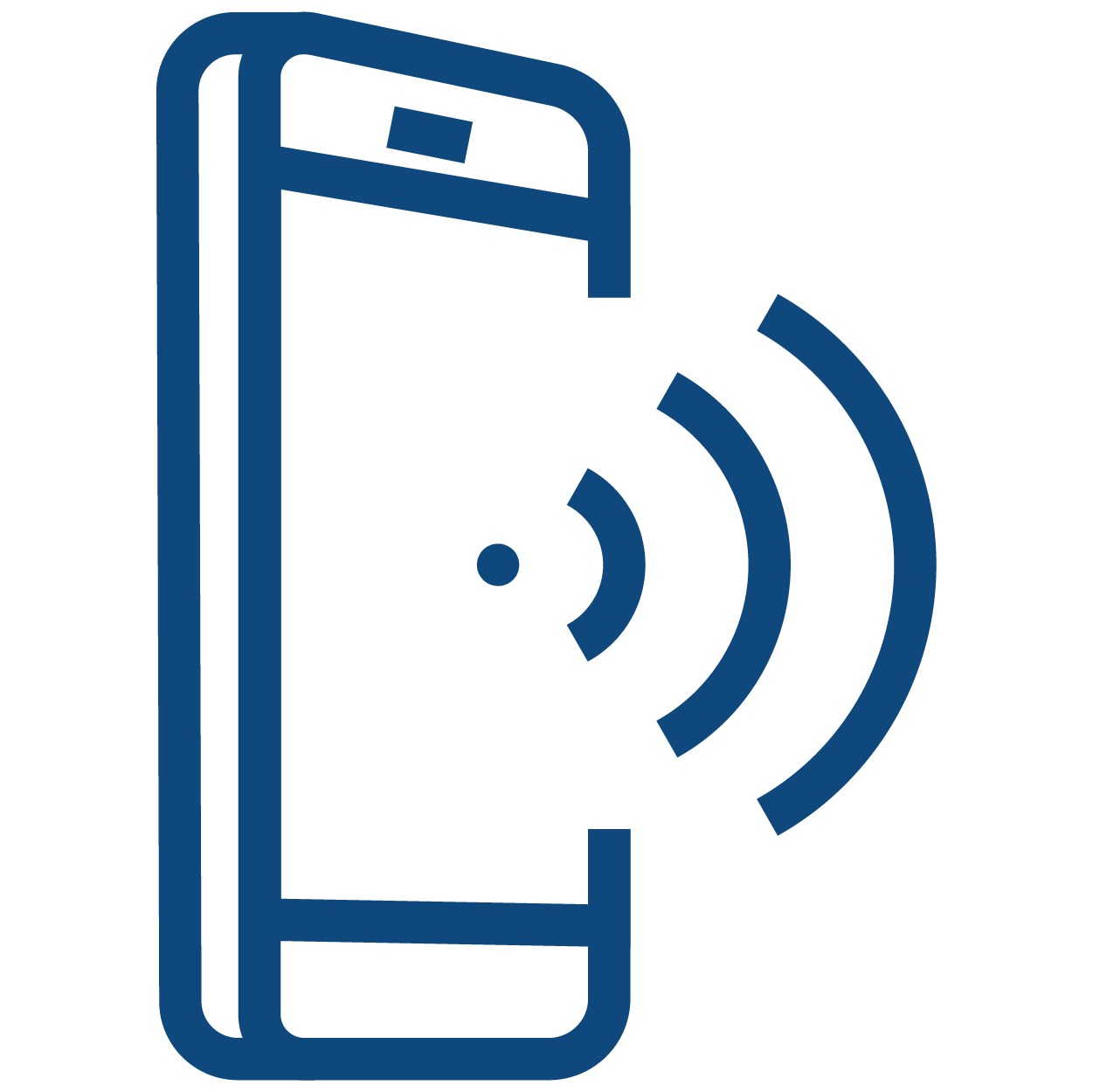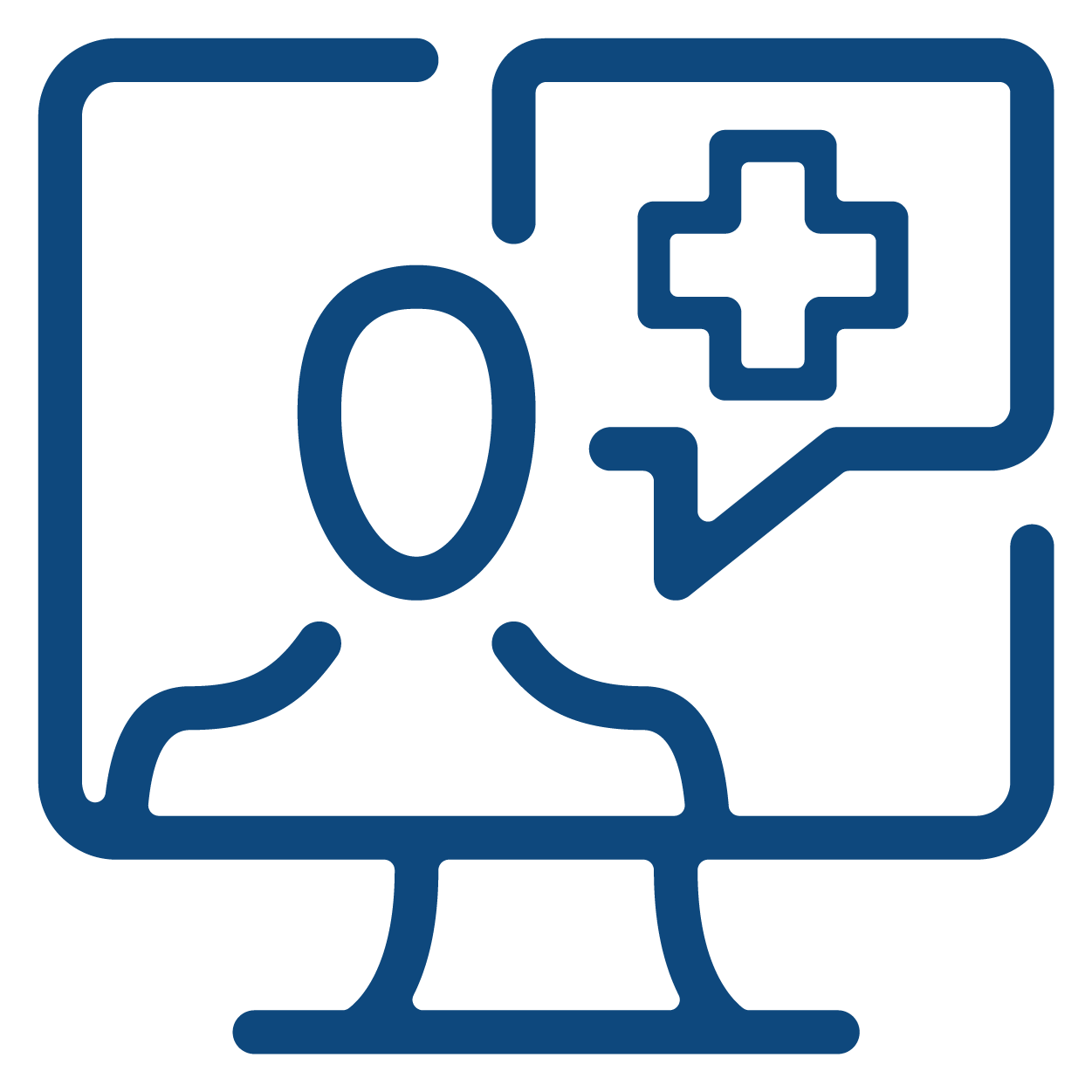Give Your Home-Based Care Program a Leading Edge with the Right Technology
If you have implemented a home care medical model or are moving your practice in that direction, your profitability depends on having effective systems and high-level insights. You need technology solutions that improve your ability to manage care without adding administrative burden to your staff. In this article, edited from an earlier one published on Acclivity Health Solutions’ website on June 8, 2021, we review five important ways that technology can help you track your patients’ health status, monitor and schedule care appropriately, and utilize your resources efficiently.
 1. Predictive Analytics Help Ensure Proper Level of Care
1. Predictive Analytics Help Ensure Proper Level of Care
One of your primary goals is to match the level of home care with the changing physical, emotional and social needs of your patients and their families. This can be difficult when you rely solely on feedback from these individuals.
Predictive analytics is an important development in advanced care management, working to solve the knowledge gap. Specialized tooling that combines claims and real-time patient data, Artificial Intelligence, and machine learning can help you determine the current care needs of patients with advanced illnesses and predict when they may need a higher or different level of care.
There are multiple benefits to a technology platform that includes predictive analytics. Most importantly, it can be used to identify patients in your community who can benefit from palliative or hospice care sooner. It can also help you anticipate changing staffing and equipment requirements and schedule staff and other resources in a more consistent way that reduces staff burnout and improves quality scores for value-based care contracts.
 2. Real-Time Remote Monitoring Creates More Connected Healthcare Ecosystem
2. Real-Time Remote Monitoring Creates More Connected Healthcare Ecosystem
Use technology to assess a patient’s condition remotely and alert you when indicators predict a patient needs additional care. A real-time monitoring system should enable the patient, their proxies, and/or your staff to complete data entry at the point of care. It may include the ability to track symptoms and vital statistics so you can assess a patient’s current condition and pinpoint whether they are stable, need more monitoring, or are nearing the end of life. When your data lives on a shared platform that everyone can access, you empower the entire care team to work together to improve care coordination and communication.
Real-time remote patient monitoring not only keeps clinicians connected with patients and their families between visits, it can also be used to assess for signs of caregiver breakdown and determine when to intervene and provide caregiver support.
 3. Event Notification Helps Contain Costs
3. Event Notification Helps Contain Costs
Most value-based care contracts penalize you for over-utilization of treatments and services. In order to prevent unnecessary hospital utilization or readmissions, you can use technology to ensure that your patients or caregivers call you first when they require care for an emergency that can be handled at home.
There will be times when patients panic and call 911. With an electronic alert system in place, you can ensure you remain their primary care provider by being notified in real-time when a patient of yours enters or is discharged from an Emergency Department or hospital or transitions between levels of care.
 4. Telemedicine Connects Patients with Clinicians
4. Telemedicine Connects Patients with Clinicians
The COVID-19 pandemic accelerated the use of telemedicine across the care continuum. Telemedicine has allowed home care medicine doctors and staff to stay in frequent contact with patients and families securely and safely. As the pandemic wanes, telemedicine will likely remain an effective way for clinicians and patients to interact. While renumeration for telemedicine visits post-COVID is still uncertain, CMS has acknowledged it will most likely continue to support it.
Offering telemedicine options may require additional education for both staff and patients who are not familiar with the technology. You can minimize the amount of training required by investing in programs that are intuitive and offer step-by-step guidance.
 5. Family And Caregiver Education
5. Family And Caregiver Education
Patients with advanced illness may be facing a terminal prognosis that qualifies them for palliative care or hospice. The success of hospice depends on how well patients and their families accept their prognosis and understand the way hospice care works. Video and audio programs as well as interactive education modules can help you guide them through the process associated with the end-of-life journey — from diagnosis to defining goals of care to options for end-of-life care. Remote learning can also help caregivers learn the triggers and indicators to report so your staff gets a more accurate view of the patient’s condition.
Now is the time to implement technology to assist with care monitoring and management, scheduling, staffing, communications, patient education, and cost control. With the right technology, your organization can position itself to operate more efficiently and remain profitable.
Learn more about Acclivity Health here.

